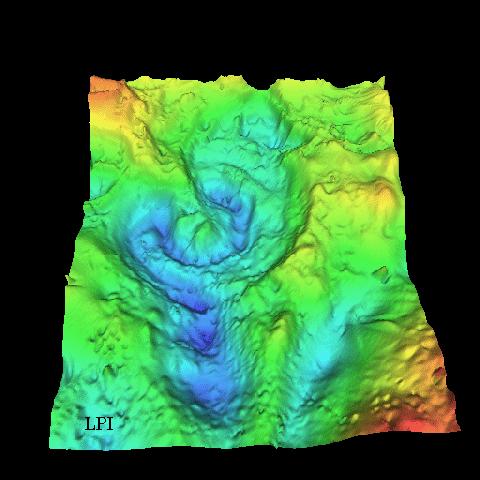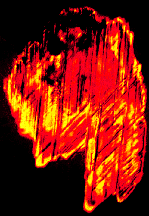
Part III - Threats to Diversity
The History of Life
- & Death - on Earth
Thursday Week 7
Announcements:
News Items: Aiyana Isaac, Alessandra Nisco
News Item:
Beluga Whales "endangered species" status threatened
http://www.salon.com/env/feature/2009/02/23/sarah_palin_beluga_whales/index.html
Goals & Questions for Today's Class Session:
How old is the Earth, and how do we divide up geologic time (in a very general sense)?
What are some of the major evolutionary events in the history of life on Earth?
The history of life involves enormous changes; what are 2 general trends we observe?
What is the average "life span" of a species? Once evolved, do species last forever?
What proportion of species that have ever lived on Earth are now extinct?
How has extinction occurred over the course of the history of life - a steady process? or in abrupt jumps?
Question for thought: What is the link between evolution and extinction?
What is causing the 6th Mass Extinction? --> the subject of the rest of this course.
Powerpoint Slides for this class session (with some additional images we didn't use in class - for your interest!)
Some important figures for this class session (also in the Powerpoint) -
Important events in the history of life on Earth:

One way to represent geological time. Note the break during the precambrian. If the vertical scale was truly to scale the precambrian would account for 7/8 of the graphic. This image is from http://www.clearlight.com/~mhieb/WVFossils/GeolTimeScale.html.
Suggestion: Indicate mass extinction events on the above geologic time scale & put a copy in your notes.
The history of Mass Extinctions:

http://www.brh.co.jp/en/experience/journal/44/research_1.html
How severe were these mass extinctions? They don't look very significant on the figure below... why is that?

The major mass extinctions of the Phanerozoic. Image from http://www.emc.maricopa.edu/faculty/farabee/biobk/BioBookPaleo5.html
Additional information of interest regarding mass extinctions...
Evidence for a major asteroid impact to explain the mass extinction at the end of the Cretaceous (end of the age of the dinosaurs):

Luis (left) and his son Walter (right) Alvarez - first proponents of the asteroid impact theory. Image from http://cgi.pbs.org/wgbh/aso/databank/entries/boalva.html.

Remote sensing of the structure buried offshore near Chicxulub in Yucatan, Mexico. The raised central portion is consistent with the hypothesis of a large impact structure (crater). Image from http://blueox.uoregon.edu/~jimbrau/astr123/Notes/ch29/Chicxulb.jpg.

Shocked quartz grain, as viewed under a microscope - shocked quartz is created as the result of a massive explosion or impact (not formed from volcanic eruptions, for instance). Image from http://rainbow.ldeo.columbia.edu/courses/v1001/dinos.2001.